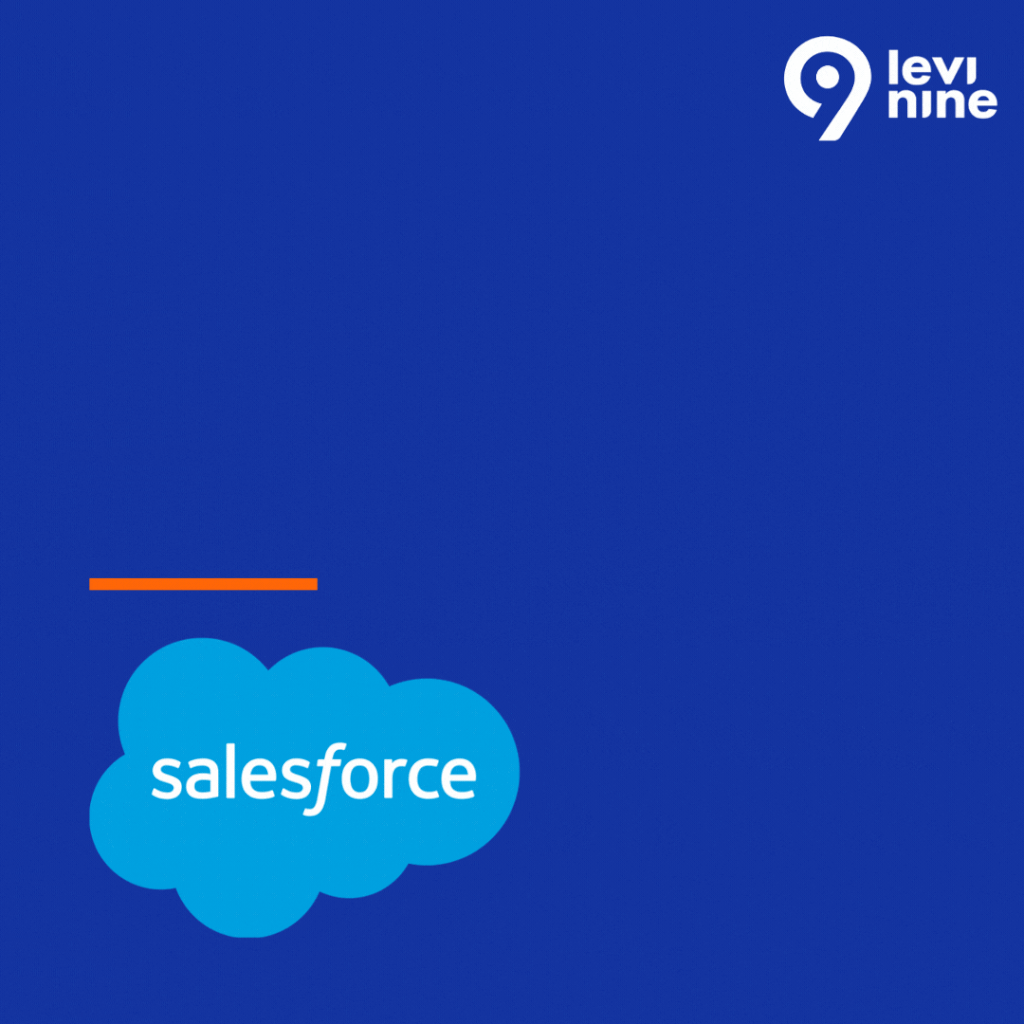At Levi9, we see digital sovereignty as one of the defining challenges for Europe’s digital future. It’s not just about compliance with regulations, it’s about control, trust, and freedom in how organizations build and run their digital services.
While Cloud and Data Sovereignity is a mandatory topic for regulated and governmental organisations, many organisations are currently evaluating the risks and possibilities associated with running their workloads in public cloud.
Last week, we co-hosted a roundtable in the Netherlands with AWS and Red Hat to explore this topic with customers. The discussion made one thing crystal clear: sovereignty is multi-layered, and trust is its foundation.
Choice is the starting point
AWS shared how they are addressing Europe’s needs through the upcoming launch of the European Sovereign Cloud this December in Brandenburg, Germany. The new region will be operated by EU residents, keeping all customer data and metadata fully within EU boundaries.
“We are really offering our customers more choice, and that resonated strongly in our discussions today.”
Sarah Lacey, Head of Partner Global Services Sovereign Cloud at AWS
For Levi9, this is critical. Sovereignty should not mean restrictions. It should mean more options, more flexibility, and more empowerment for customers.
Portability enables control
“Applications should run where customers need them. Open source ensures transparency, freedom, and ultimately, trust"
Marcel Timmer, Country Managing Director at Red Hat
We fully agree. Sovereignty is not just about where your data sits, but whether you truly control your digital choices.
Red Hat highlighted another crucial aspect: portability. Organizations want to know that they can move workloads where needed, whether inside one particular cloud vendor, to another cloud, or on-premises.
Security makes sovereignty real
Across the conversation, one theme rose above all: there is no digital sovereignty without security.
AWS continues to invest in foundational security, such as Nitro. Red Hat enables openness and portability. And Levi9 makes sovereignty tangible at the application layer, where security risks materialize, and where trust is either reinforced or broken with every user interaction.
Security cannot be outsourced to one vendor or addressed at one layer. It is a shared responsibility that spans infrastructure, applications, and operations.
Levi9’s perspective
Across the conversation, one theme rose above all: there is no digital sovereignty without security.
AWS continues to invest in foundational security, such as Nitro. Red Hat enables openness and portability. And Levi9 makes sovereignty tangible at the application layer, where security risks materialize, and where trust is either reinforced or broken with every user interaction.
Security cannot be outsourced to one vendor or addressed at one layer. It is a shared responsibility that spans infrastructure, applications, and operations.













